
The Tianlian II-03 satellite is launched by a Long March 3B carrier rocket at the Xichang Satellite Launch Center in Southwest China's Sichuan province, on July 13, 2022. (Photo/Xinhua)
Now planet-wide relay network to improve country's space coverage
China launched a Tianlian II series satellite early on Wednesday morning to form a global-covering network of the country's second-generation relay satellites.
A Long March 3B carrier rocket blasted off at 12:30 am at the Xichang Satellite Launch Center in southwestern China's Sichuan province and then placed the Tianlian II-03 satellite into a geostationary orbit, according to China Aerospace Science and Technology Corp, the country's leading space contractor.
The State-owned conglomerate said in a news release that the spacecraft will form a network with its two predecessors - the Tianlian II-01 and Tianlian II-02.The service of the second-generation relay system is expected to extensively improve the nation's space-based control, tracking and data relay capabilities, it said.
The launch marked the 426th flight mission of the Long March series rockets.
China began to establish its own relay satellite system in April 2008 when the first satellite in the Tianlian I series was launched from Xichang.
In July 2012, China became the second country, after the United States, possessing non-stop relay capability for its space-based infrastructure after the Tianlian I-03 was deployed that month to complete a basic system with global coverage.
In March 2019, China launched Tianlian II-01, the first of its second-generation data relay satellite.
Currently, eight Tianlian satellites - five of the Tianlian I and three in the Tianlian II series - have been launched and seven of them, except the Tianlian I-01, are in service.
Compared with the first-generation model, Tianlian II satellites feature stronger capabilities, heavier carrying capacity and longer life spans, according to satellite designers at the China Academy of Space Technology.
"Tianlian II satellites were built on the DFH-4 platform, which is better than the DFH-3 used by the Tianlian I craft," said Wang Jiasheng, chief engineer of the Tianlian II series.
"The new generation is able to serve more spacecraft and has a larger operational radius."
The Tianlian family is playing a key role in China's space programs and has served a variety of functions such as assisting with the rendezvous and docking between spaceships and the Tiangong space station and transmitting data for Earth observation, weather and other low-orbit satellites.
Without them, it will be very difficult to carry out communications and video links with astronauts, designers said.
So far, China has carried out 21 space launch missions this year. The country plans to conduct more than 60 launches in 2022.








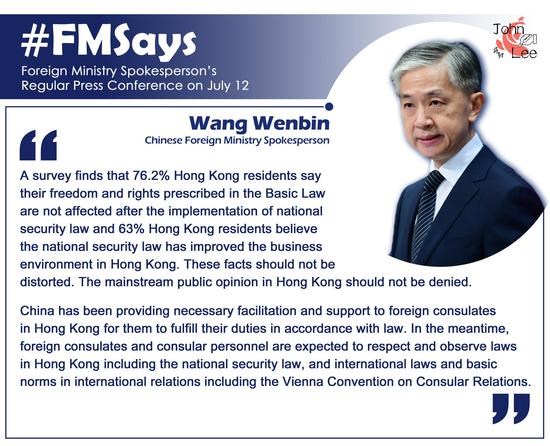

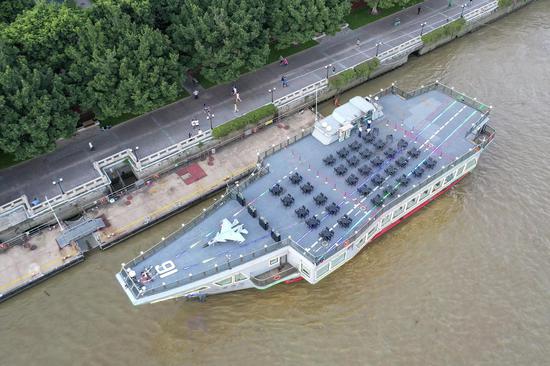
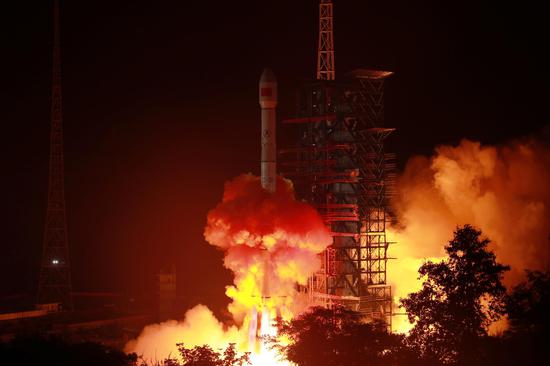
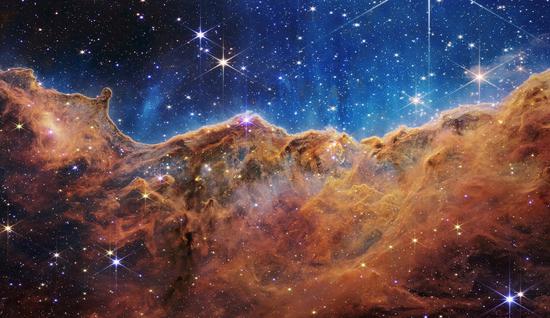




















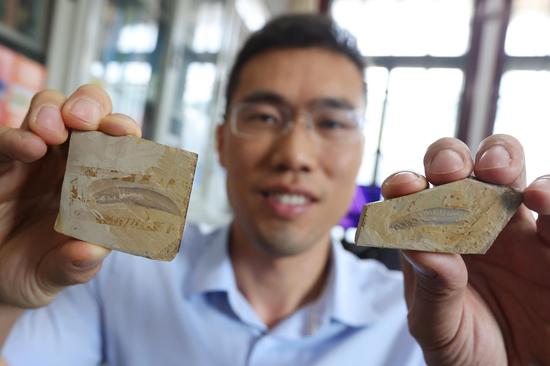



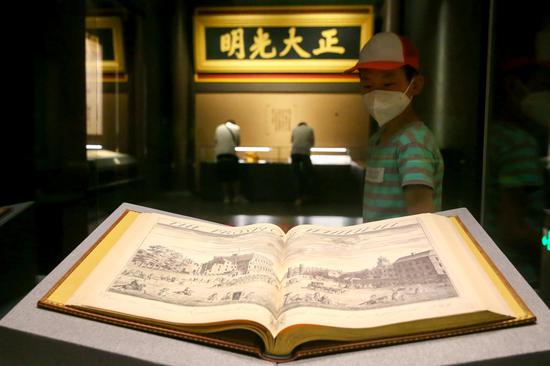
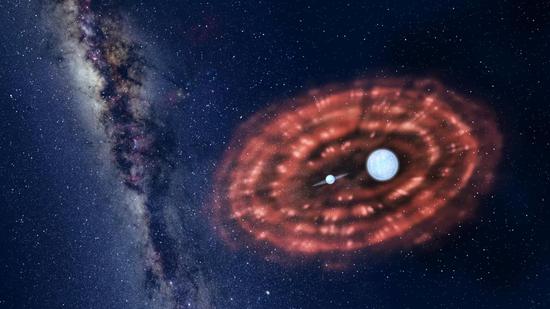







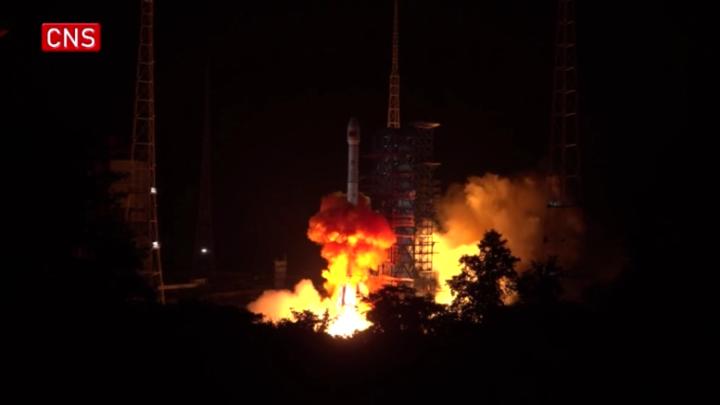

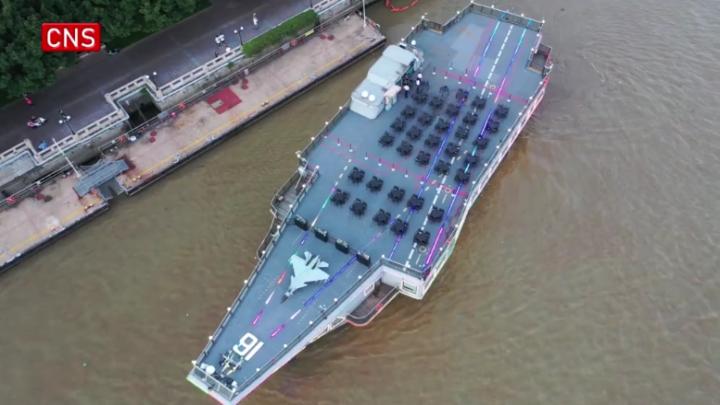

 京公网安备 11010202009201号
京公网安备 11010202009201号